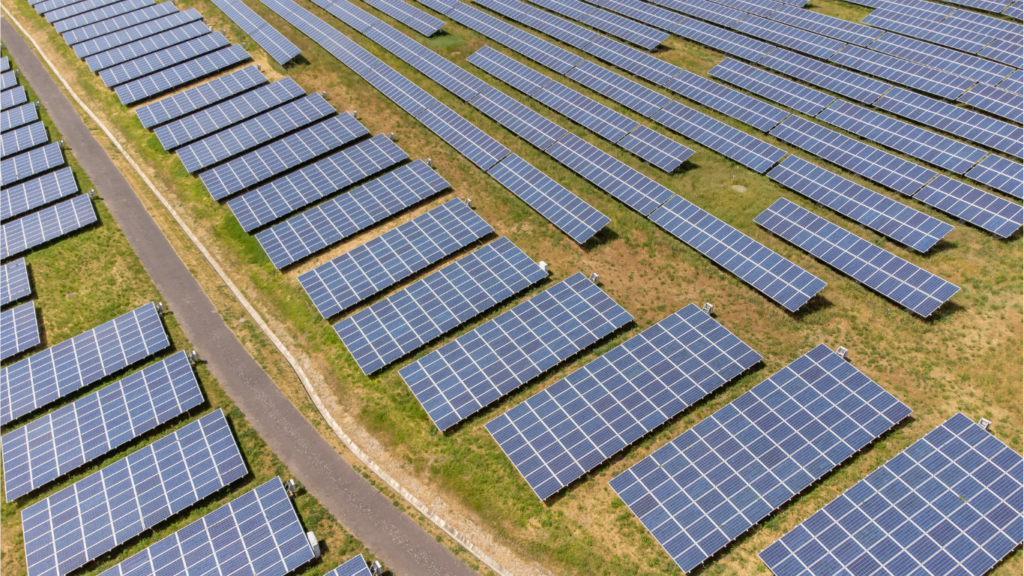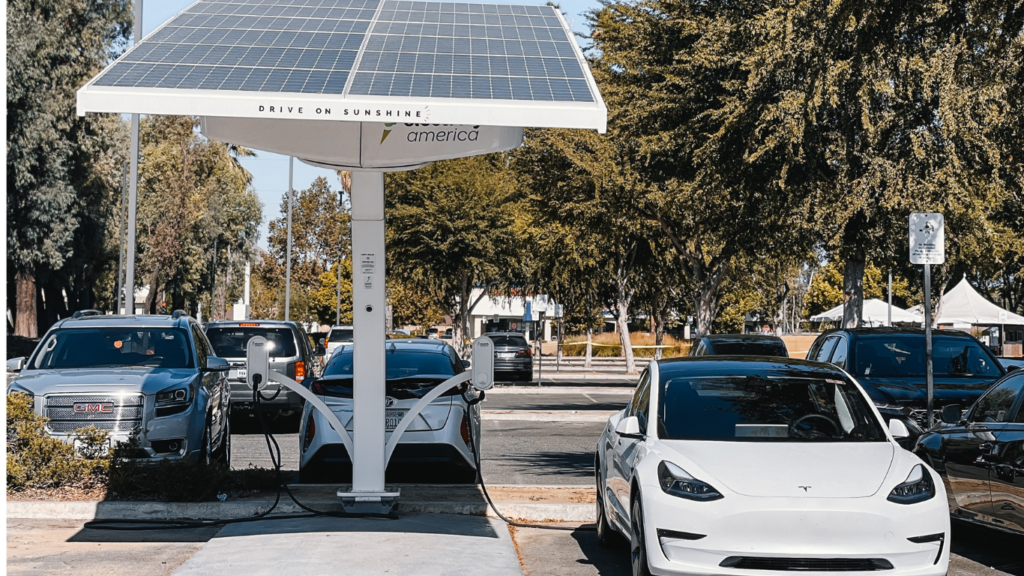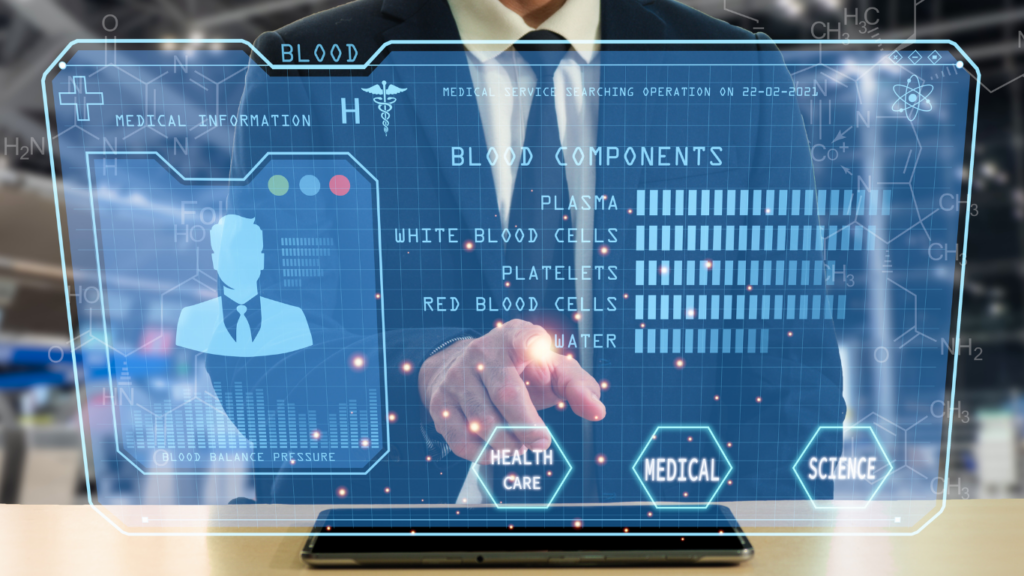Overview of Green Tech Innovations in 2024
Green tech innovations in 2024 are making significant strides in multiple fields. Solar and wind energy technologies, for example, are becoming more efficient and cost-effective. Photovoltaic cells now have higher conversion rates, and new wind turbine designs harness more energy from lower wind speeds. These advancements make renewable energy sources more accessible to both urban and rural areas.
Energy storage solutions have also seen remarkable improvements. Modern batteries feature increased capacity and faster charging times. Companies are developing grid-scale storage systems that ensure consistent power supply by storing excess electricity generated during peak production times. As a result, reliability of renewable energy sources has improved dramatically.
In the field of transportation, electric vehicles (EVs) are leading the charge. EVs now come with extended ranges and faster charging capabilities. Many manufacturers are integrating advanced materials and aerodynamics to enhance performance and efficiency. Charging infrastructure is expanding, with more public charging stations available than ever before.
Smart home technologies are benefiting from green tech advancements as well. Energy-efficient appliances and smart meters help households monitor and reduce energy consumption. Home automation systems integrate solar panels and battery storage, optimizing energy use and minimizing waste. This makes sustainable living more achievable for the average consumer.
Agricultural practices are also incorporating green technologies. Vertical farming and hydroponics reduce land and water usage while increasing crop yields. Drones and AI-driven platforms assist in precision farming, minimizing the need for chemical inputs and optimizing resource use. These innovations contribute to sustainable food production and reduced environmental impact.
Waste management solutions are evolving too. Advanced recycling technologies and biodegradable materials help decrease waste that ends up in landfills. Companies are developing processes to convert waste into energy, creating a circular economy that promotes sustainability.
These green tech innovations not only reduce environmental impacts but also offer economic benefits. By making sustainable choices more practical and cost-effective, they encourage wider adoption, driving further advancements and societal shifts toward sustainability.
Renewable Energy Advancements
Renewable energy technologies are evolving at a rapid pace, fundamentally transforming our energy landscape. Here are some key innovations in solar, wind, and emerging technologies poised to lead the charge.
Solar Power Innovations
In 2024, solar power advancements are enhancing efficiency and reducing costs. Perovskite solar cells, for instance, offer higher efficiency rates—up to 28%—at lower production costs compared to traditional silicon cells. Bifacial solar panels, which absorb sunlight from both sides, are increasing energy yields by 10-20%. Solar tracking systems are becoming more affordable and precise, optimizing panel orientation throughout the day for maximum energy capture.
Wind Energy Improvements
Wind energy is seeing significant improvements in turbine design and materials. Next-generation wind turbines feature longer, lighter blades constructed from composite materials, improving wind capture efficiency by up to 15%. Floating wind farms, which can be positioned in deeper waters, are expanding the geographic potential for wind power. Enhanced predictive maintenance systems using AI and IoT are reducing downtime and operational costs, maximizing the reliability and output of wind farms.
Emerging Renewable Technologies
- Aside from solar and wind, several emerging renewable technologies are gaining traction.
- Ocean energy, utilizing tidal and wave power, promises a consistent and reliable energy source with an estimated global capacity of up to 337 GW.
- Geothermal energy advancements are tapping into deeper, hotter wells with enhanced geothermal systems, increasing the feasibility of widespread adoption.
- Bioenergy innovations, such as converting agricultural waste into biogas, provide sustainable alternatives to fossil fuels and reduce waste management issues.
These advancements in renewable energy technologies not only contribute to a more sustainable future but also offer economic benefits by reducing dependence on non-renewable energy sources.
Sustainable Transportation

Green tech innovations in 2024 are revolutionizing the transportation sector. Breakthroughs in electric vehicles, hydrogen fuel cells, and public transport solutions are driving significant environmental benefits.
Electric Vehicles (EVs)
Electric Vehicles (EVs) are gaining traction rapidly due to their zero-emissions nature. Major automakers like:
- Tesla
- Ford
- General Motors
are introducing more affordable and longer-range EV models. Innovations include solid-state batteries that offer higher energy densities and faster charging times. By 2024, expect wider availability and lower costs, making EVs accessible to a broader audience.
Hydrogen Fuel Cells
Hydrogen fuel cells provide an alternative to traditional batteries. These cells generate electricity by combining hydrogen and oxygen, emitting only water. Companies like Toyota and Hyundai are spearheading this tech with vehicles like the Mirai and Nexo. In 2024, advancements will enhance hydrogen production and storage, improving vehicle range and fueling infrastructure.
Public Transport Solutions
Public transport is embracing green technology to reduce urban pollution. Cities globally are adopting electric buses, trams, and trains, integrating renewable energy sources. London, for instance, plans to have an all-electric bus fleet by 2037. Innovations include wireless charging at bus stops and regenerative braking systems, improving energy efficiency and operational sustainability.
Smart Cities and Infrastructure
Green tech innovations are transforming urban environments. These smart city advancements seek to create sustainable, efficient, and livable urban spaces.
Green Building Materials
Green building materials are essential in constructing eco-friendly infrastructure. Materials such as cross-laminated timber (CLT) and recycled steel offer high durability with less environmental impact. CLT, made by layering timber in perpendicular directions, enhances both structural integrity and thermal efficiency. Recycled steel, reused from old buildings and vehicles, reduces resource depletion. Using these materials lowers a building’s carbon footprint.
Energy-Efficient Technologies
Energy-efficient technologies contribute to lower energy consumption in smart cities. LED lighting systems, which use 75% less energy than traditional bulbs, have become standard in municipal projects. Smart thermostats and HVAC systems optimize heating and cooling, cutting energy waste by up to 30%. Advanced building management systems (BMS) tie all these technologies together, automatically adjusting energy usage based on real-time data.
Waste Management Systems
Innovative waste management systems improve recycling rates and reduce landfill use. Smart bins equipped with sensors monitor fill levels, optimizing collection routes and reducing emissions from waste trucks. Pneumatic waste collection systems, used in cities like Stockholm, transport waste through underground tubes to central processing facilities. These systems decrease street litter and enhance urban cleanliness. Additionally, waste-to-energy plants convert non-recyclable waste into electricity and heat, providing a sustainable alternative to traditional waste disposal methods.
Breakthroughs in Energy Storage
Energy storage is a key area of green tech innovation in 2024. Major advancements promise to improve efficiency and sustainability.
Battery Technologies
New battery technologies are set to revolutionize energy storage. Solid-state batteries offer higher energy density and faster charging times. For example, QuantumScape’s solid-state batteries target the electric vehicle (EV) sector, aiming to extend driving range and reduce charge times significantly. Lithium-sulfur batteries are emerging with the potential for higher energy capacities and lower production costs. Companies like Oxis Energy lead this sector, developing batteries that could outperform traditional lithium-ion ones.
Grid Storage Solutions
Grid storage solutions are critical for stabilizing renewable energy sources. Advanced flow batteries, such as those developed by ESS Inc., provide long-duration storage ideal for balancing grid supply and demand. Utility-scale lithium-ion systems, employed by companies like Tesla with their Megapack, offer high-capacity storage options that support grid resilience and reduce reliance on fossil fuels. These technologies ensure a steady energy supply by storing excess energy generated during peak production times for later use.
Decentralized Energy Systems
Decentralized energy systems enhance energy distribution and resilience. Microgrids, capable of operating independently from the main grid, allow communities to harness local renewable sources like solar and wind. These systems enhance energy security and reduce transmission losses. Blockchain technology, utilized by companies like Power Ledger, facilitates peer-to-peer energy trading, enabling consumers to buy and sell surplus energy directly, increasing the efficiency and autonomy of local energy networks.
These breakthroughs in energy storage underscore the rapid advancements in green tech, contributing to a more sustainable and resilient energy future.
Role of AI and IoT in Green Tech
AI and IoT play crucial roles in advancing green technologies by enhancing efficiency and sustainability. Let’s explore the specific applications in this sector.
Smart Grid Management
Smart grids rely on AI and IoT to optimize electricity distribution and consumption in real-time. Sensors and connected devices monitor grid performance, while AI algorithms analyze data to predict demand, manage supply, and reduce energy wastage. For example, smart meters provide real-time data to utilities, helping balance load and prevent outages.
Predictive Maintenance
AI algorithms analyze data from IoT sensors embedded in green tech infrastructure to identify potential issues before they become critical problems. This predictive maintenance approach reduces downtime and extends the lifespan of renewable energy systems like wind turbines and solar panels. For instance, sensors detect anomalies in turbine vibrations, prompting timely maintenance and preventing costly repairs.
Resource Optimization
AI and IoT enable precise monitoring and management of resources in green tech systems. Through data analysis, AI systems optimize the use of energy, water, and raw materials, minimizing waste. Smart irrigation systems exemplify this by using sensors to monitor soil moisture levels, applying water only when necessary, and conserving this vital resource.
AI and IoT contributions make green technologies smarter, more efficient, and sustainable, driving the green tech innovations of 2024.





